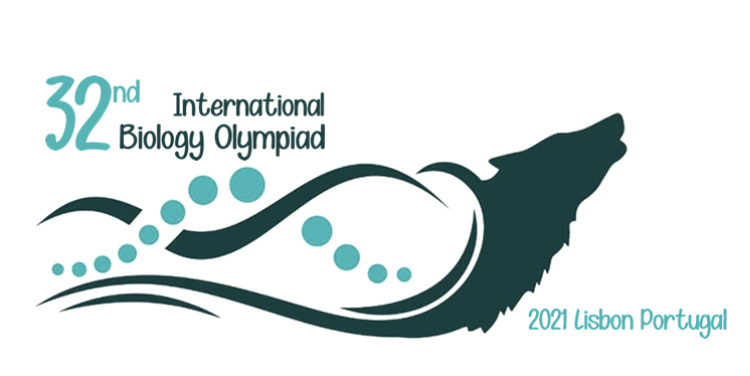Before going to the exam students must need to check the syllabus of IBO. The syllabus consists of complete details i.e. name of the chapter and the topics which come in the exam. The complete IBO Syllabus is given below under the table.
Part I- Theoretical Part of IBO
| Name of The Chapter | Name of The Topic |
|---|---|
| Cell Biology | Structure and Function of Cells, Microbiology, Biotechnology |
| Plant Anatomy and Physiology | Photosynthesis, transpiration and gas exchange, Transport of water, minerals and assimilates, Growth and development, Reproduction (ferns and mosses included) |
| Animal Anatomy and Physiology | Digestion and nutrition, Respiration, Circulation, Excretion, Regulation (neural and hormonal), Reproduction and development, Immunity |
| Ethology | Methodology of Ethology, Innate and Learned Behaviours, Communication and social organization, Foraging behavior, Defensive behavior, Mating systems and Parental care, Biological rhythms |
| Genetics and Evolution | Variation, Mendelian Inheritance, Multiple allelism, recombination, sex linkage, Hardy-Weinberg principle, Mechanism of evolution |
| Ecology | Organisms, Population, Biotic Communities, Ecosystems, Biosphere and man |
| Biosystematics | Structure and function, evolutionary and ecological relationships among typical organisms in the following groups. Knowledge of scientific terms will not be required. However, competitors should know what the named representatives of genera mentioned below look like. The IBO biosystematics list is an integral part of chapter VII in Appendix I of the IBO-Guide. |
Part II- Basic Skills For The Practical Part of the IBO
| Types of Skills | Topics |
|---|---|
| Science Process Skills | Observation, Measurement, Grouping or Classification, Relationship finding, Calculations, Data organization and presentation: tables, graph, diagrams and charts, photographs, Prediction/ Projection, Hypothesis formulation, Operational definition: Scope, condition, assumption, Variable identification and control, Experimentation: experimental design, experimenting, result/ data recording, result interpretation and drawing conclusions, Representing numerical results with appropriate accuracy |
| Basic Biological Skills | Observation of biological objects using magnifying glasses. Work with a microscope (objective max. 45 x). Work with a stereomicroscope. Drawing of preparations (from a microscope, etc.). Exact description of a biological drawing using tables of biological terms marked with a numerical code |
| Biological Methods | For the IBO exam the competitor should know the following methods and be able to use them. Cytological methods. Methods to study plant anatomy and physiology. Methods to study animal anatomy and physiology. Ethological methods. Ecological and environmental methods. Taxonomic methods |
| Physical and Chemical Methods | Separation techniques: chromatography, filtration, centrifugationStandard tests for monosaccharides, polysaccharides, lipids, protein (Fehling, I2 in KI(aq), biuret). Titration. Measuring quantities by drip and strip methods. Dilution methods. Pipetting, including use of micropipettes. Microscopy, including use of counting chambers. Determination of absorption of light. Gel electrophoresis |
| Microbiological methods | Preparing nutrient media. Aseptic techniques (flaming and heating glass material). Inoculation techniques |
| Statistical methods | Probability and probability distributions. Application of mean, median, percentage, variance, standard deviation, standard error, T test, chi-square test |
| Handling equipment | Due to differences in the equipment between IBO member countries, these skills can only be evaluated if the competitors have been informed beforehand about the algorithm, how to use the equipment, how to proceed with a particular experiment |
Official website: https://ibo2021.org/


